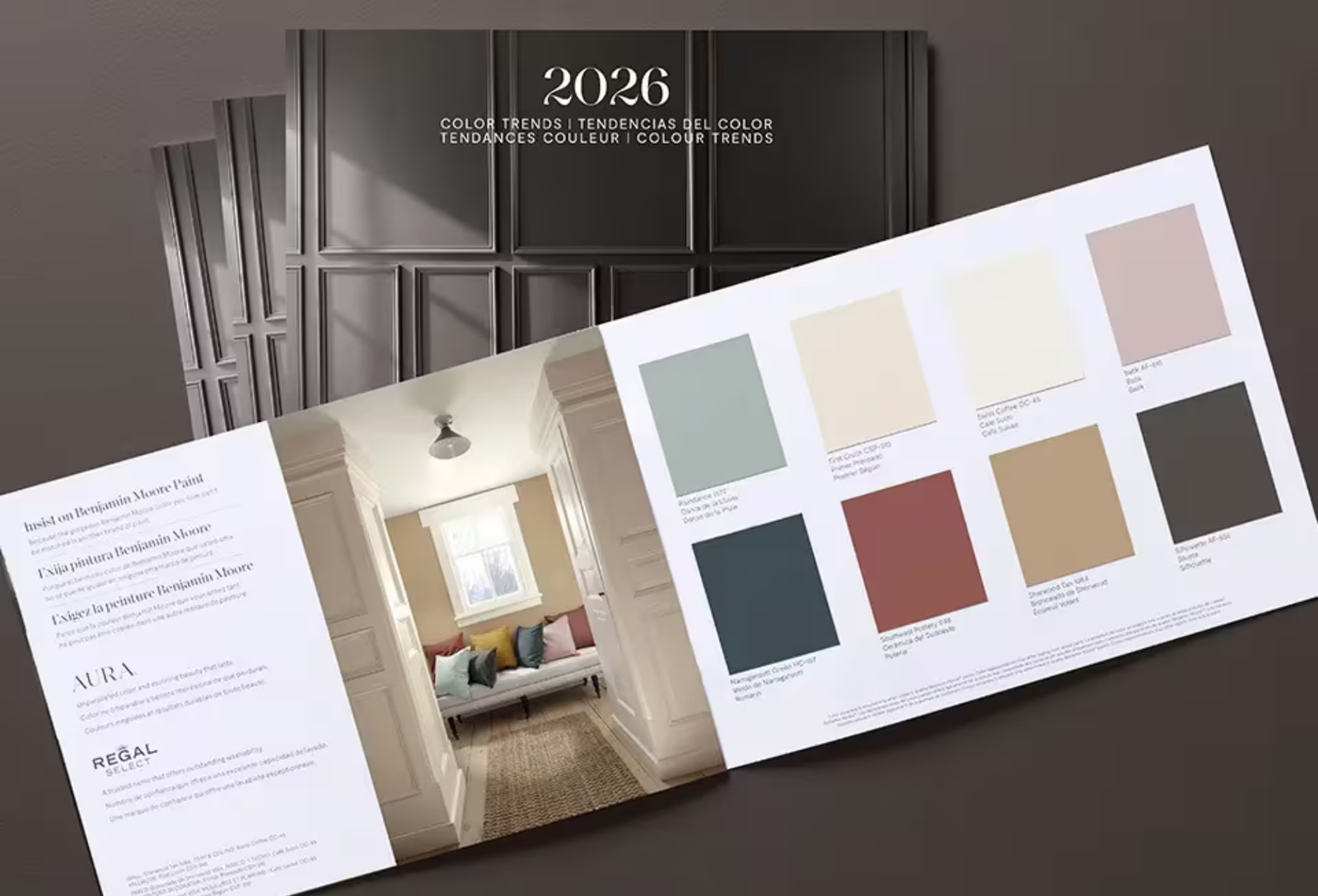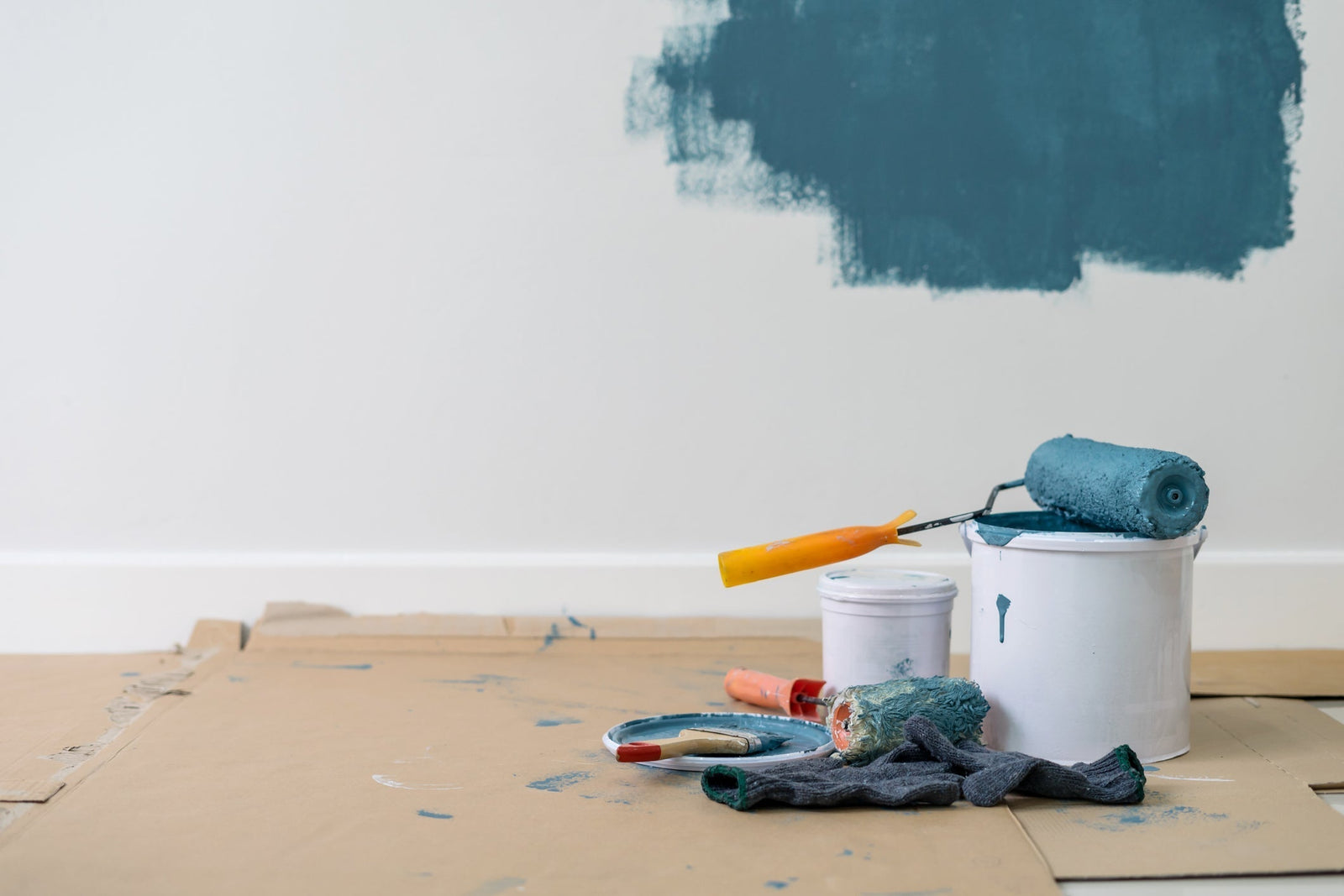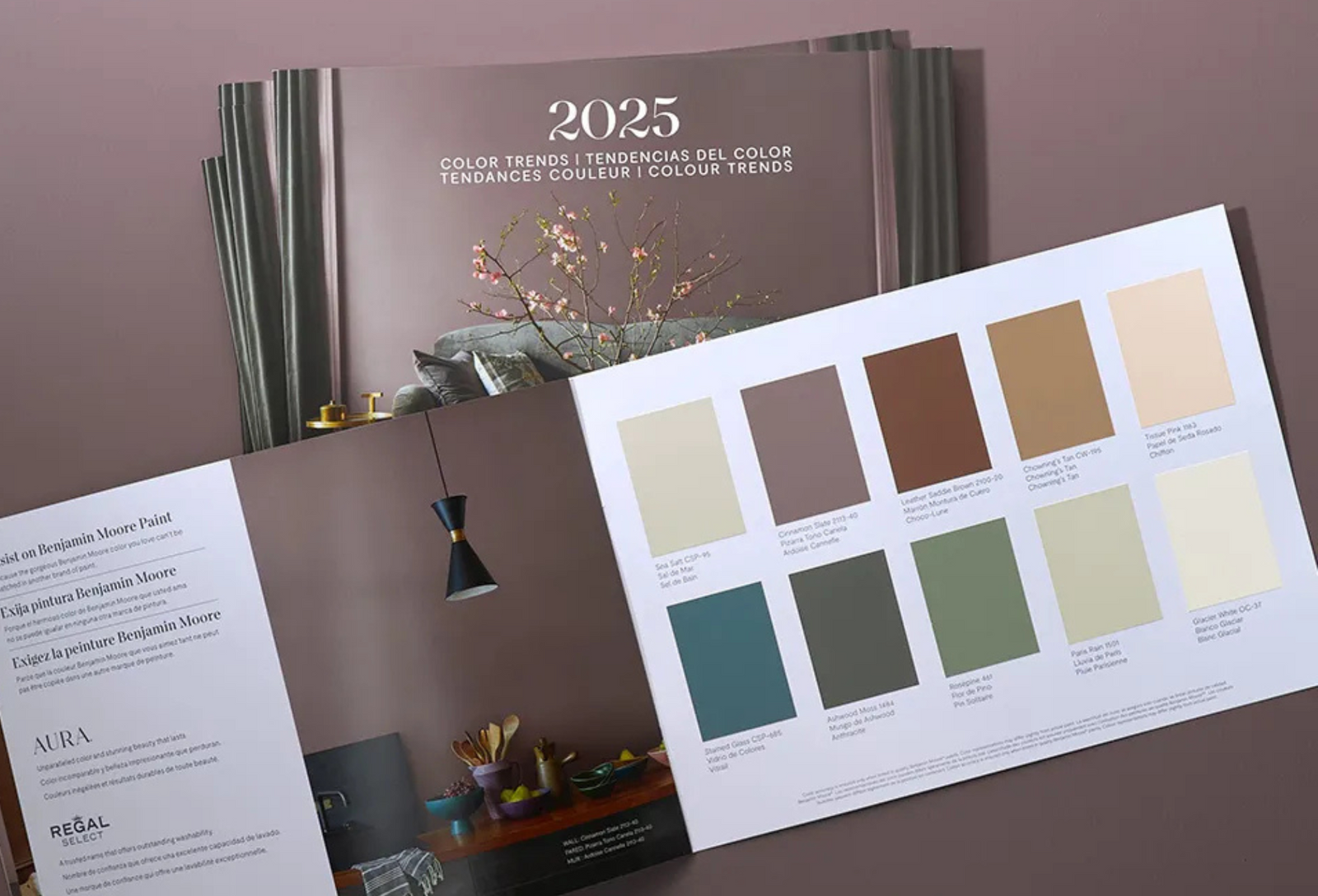Your Cart is Empty
50% OFF BENJAMIN MOORE COLOR SAMPLES THROUGH JANUARY 12TH!
50% OFF BENJAMIN MOORE COLOR SAMPLES THROUGH JANUARY 12TH!

Which interior paint sheen is ideal for my project?
This is a question we all ask ourselves when preparing for a painting project, and it's a question our customers ask us every week. The answer is simple: It depends!
In order to figure out what will work best, you first need to understand what a paint sheen is and what purpose it can serve beyond an innate aesthetic appeal. Let's start with some basic truths:
What are the different sheens called?
Sheens have names. Here are the finishes our interior paints come in, with their names listed in order of reflectance from low to high:
On one extreme, ultra flat paint looks and feels chalky--whereas high gloss paint appears glassy and is slick or squeaky to the touch.
Which sheens are best for which projects?
Now that we've got an idea of what a paint's sheen means, and what the different sheens are called, let's dive into what will work best on a given surface!
Although these suggestions are a good starting point, these are not hard and fast rules. We've seen some amazing high gloss wall/ceiling work, for example. These guidelines are simply the path of least resistance to success. It should be noted also that we've only suggested water-based products in this guide, since they're the most DIY-friendly. We do also carry oil and lacquer-based products, but these are usually best left to professionals for health & safety reasons, and also because they can be much more difficult to apply correctly.
Regardless of what you're hoping to achieve, we'll always be happy to provide as much help in this decision-making process as you desire. Nothing brightens our day like making sure that you leave our store excited and satisfied with the quality products and service you deserve. Call or stop by one of our stores to get started today!

Find fresh color inspiration for 2026 with Benjamin Moore’s new Color of the Year and Color Trends Palette. Silhouette is a study in balance — rich yet restrained, moody yet inviting.

Wall preparation is the first step for a quality paint job, requiring thorough cleaning, damage repair, and primer where needed. These steps create a smooth surface that allows paint to adhere properly and look its best.

Every year, paint enthusiasts and interior designers eagerly await the announcement of Benjamin Moore’s Color of the Year, a paint trend forecast that sparks excitement and debate. Whether people are quick to embrace the color or need time to warm up to it, the influence on paint and design trends is undeniable. For 2025, Benjamin Moore introduces Cinnamon Slate (2113-40), a color that’s set to redefine how we approach interior paint choices.